5 Quality Assurance Tactics in AI Agent and Agentic AI Translation Software
When Quality Assurance Fails: A Costly Localization Blunder
In 1994, Parker Pen attempted to market its ballpoint pens to Mexico with the slogan: “It won’t leak in your pocket and embarrass you.” But due to poor localization, the translated version read: “It won’t leak in your pocket and make you pregnant.” Sales plummeted, and the mistake became a legendary and cautionary tale in the localization industry. This example highlights the importance of quality assurance (QA) in translation, particularly with the rapid rise of AI agent translation software. No matter how advanced AI-driven translation becomes, ensuring accuracy and context is critical to avoiding costly errors and revenue loss.
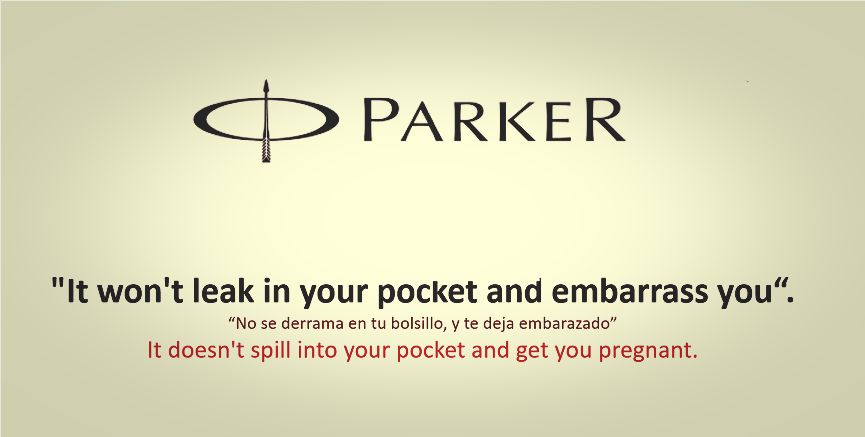
Parker Pen marketed their ballpoint pen in Mexico in 1994
The Power of AI Agent Translation Software
AI agent translation software has revolutionized localization with its speed, efficiency, and cost-effectiveness. Businesses that have adopted AI-powered localization tools report an average revenue growth of 12%, compared to 8% for non-adopters.
Unlike traditional machine translation, AI agent translation software employs specialized AI agents—such as Translator, Reviewer, Voter, Domain Expert, and Evaluator—to enhance accuracy and contextual understanding. However, without robust QA measures, errors can slip through the cracks.
In this blog, we’ll explore 5 key quality assurance tactics to maximize accuracy and reliability in AI agent translation software
5 Quality Assurance Tactics for AI Agent Translation Software
1. Multi-Agent Cross Validation
AI agent translation software powered by agentic AI assigns multiple agents to perform different roles in the translation process such as,
- L10N Manager: Assign tasks to corresponding AI agents and report progress to users
- Translator Agent: Generates the initial translation.
- Reviewer Agent: Evaluates the translation for fluency and accuracy.
- Voter Agent: Compares multiple translation options and selects the best version.
This collaborative approach ensures a more refined, error-free translation. New research shows that multi-agent AI workflows significantly improve translation quality, particularly in complex, domain-specific content. Additionally, by distributing responsibilities across multiple agents, the system reduces biases that may be present in a single AI model’s output.
2. Human-in-the-Loop Verification
While AI excels at speed and scalability, human oversight remains essential for high-stakes translations. Professional linguists can provide nuanced cultural context, ensuring that translations resonate with native speakers.
CSA Research found that 71% of businesses prefer a “human-in-the-loop” approach for critical translations. By incorporating human reviewers in final QA stages, companies can ensure accuracy while maintaining AI’s efficiency. Human translators can detect contextual misinterpretations, idiomatic errors, and regional dialect differences that AI might overlook.
3. Automated Quality Scoring
AI agent translation software and tools can automatically assign confidence scores to translations, flagging potential issues for review. This method helps prioritize high-risk translations for further evaluation.
Despite advancements in AI, human translations still outperform AI in accuracy (18.9 vs. 17.7), competency (18.5 vs. 17.2), and language quality (19.1 vs. 17.9) on a 20-point scale. By leveraging automated quality scoring, companies can:
- Identify inconsistencies in terminology.
- Detect grammatical errors.
- Optimize localization workflows by focusing human efforts where they matter most.
Automated scoring also allows for scalable quality control across high-volume translation projects, enabling businesses to expand into new markets more efficiently.
4. Domain-Specific Training
One-size-fits-all translations don’t work—especially for technical, legal, or medical content. AI agent translation software improves significantly when fine-tuned with domain-specific terminology.
By training AI agents on industry-specific data, businesses can:
- Improve translation accuracy for niche markets.
- Reduce the need for extensive human post-editing.
- Enhance brand consistency across multilingual content.
For example, a healthcare translation AI model trained specifically on medical terminology will deliver far more accurate results than a general-purpose translation model. One key application of domain-specific AI agents is in chat-based telehealth services, where precise analysis of data, expertise, adaptability, and clear interpretation are essential.
Another use case for domain-specific training translation is online education and course materials. NVIDIA’s latest blog and research shows that fine-tuning models on education-specific datasets significantly improves translation accuracy and proper formatting. In sum, domain-specific training is a powerful QA tool for ensuring accurate translations in online learning.
5. Real-Time Adaptive Learning
Real-time adaptive learning in AI algorithms refers to “AI systems that continuously monitor and analyze data in real time, then adjust their behavior or responses based on new information.”
In translation, AI agent translation software that uses real-time adaptive learning continuously refine their accuracy based on user feedback and new data. This allows them to:
- Adjust translations dynamically based on evolving language trends.
- Learn from past corrections to avoid repeating errors.
- Improve translation speed and efficiency over time.
This capability is particularly useful for companies that require ongoing localization for dynamic content, such as e-commerce, SaaS platforms, and media streaming services.
Addressing Concerns: Can AI Match Human Translation?
One common objection to AI-driven translation is that it cannot match human translation in quality. However, AI agent translation software is closing the gap. Tools like CoFluent AI already achieve 93.1% human-like accuracy—and they continue to improve.
Gartner predicts that by 2028, 33% of enterprise software applications will incorporate agentic AI or AI agents. The key to optimal translation results lies in combining AI-driven tools with human oversight, ensuring both efficiency and cultural sensitivity.
What This Means for Your Business
AI agent translation software is not just a technological upgrade—it’s a strategic business advantage. By implementing strong QA measures, businesses can:
- Reduce localization costs without compromising quality.
- Expand into global markets faster with scalable AI-driven workflows.
- Minimize risk by preventing embarrassing or costly translation errors.
Companies that integrate agentic AI with rigorous QA strategies will lead the charge in global expansion and customer engagement. Moreover, businesses that prioritize QA in localization will build stronger brand trust and customer loyalty across diverse markets.
Ready to Transform Your Localization Strategy?
High-quality translation is already within your reach. OneSky’s Localization Agent ensures accuracy, efficiency, and scalability—giving businesses a competitive edge in global markets.
Those who adopt AI agent translation software today will gain a distinct advantage in strategy, expansion, and revenue growth.
It’s time to secure your company’s future.
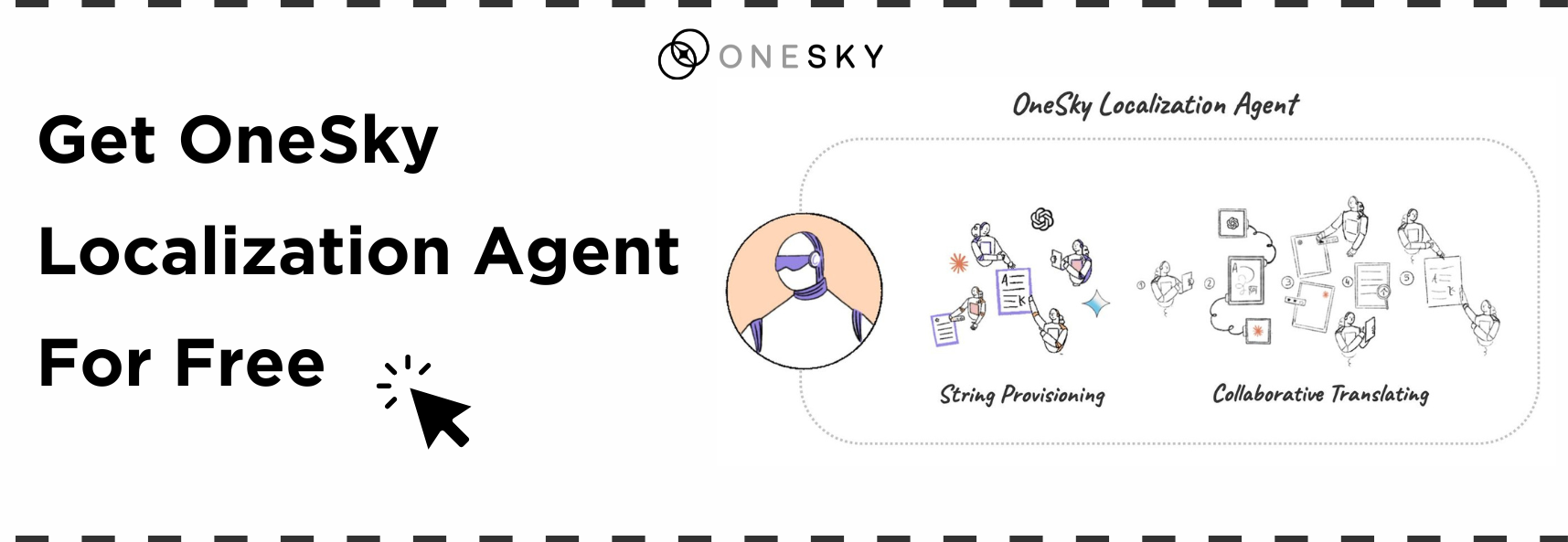

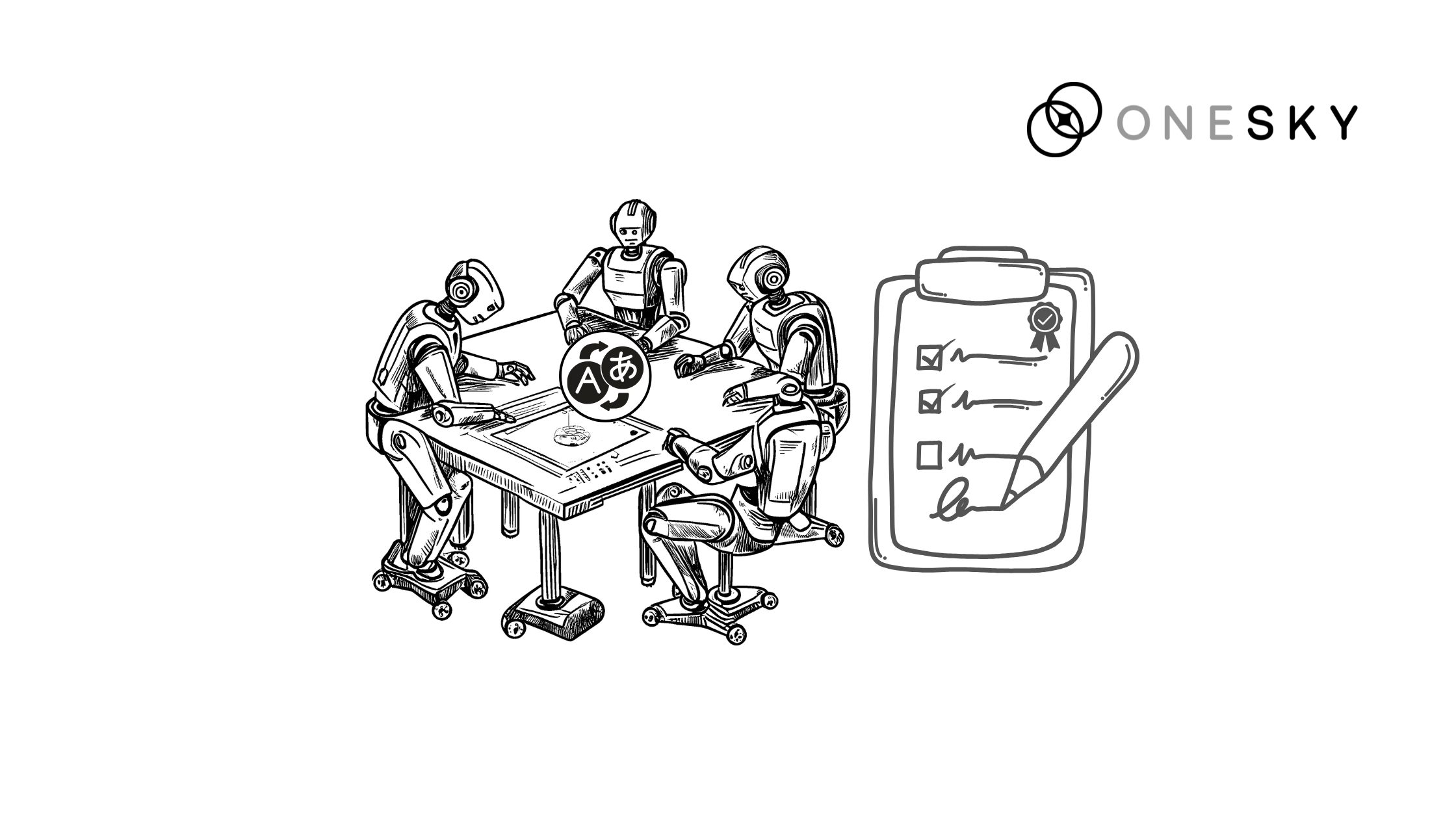

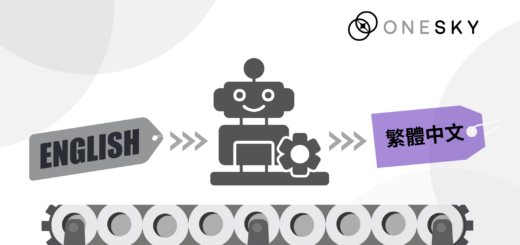
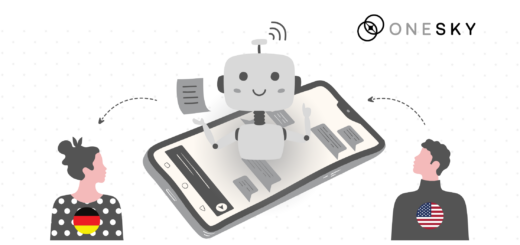
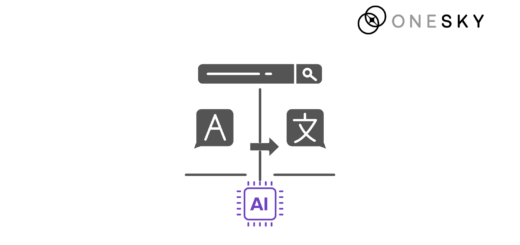
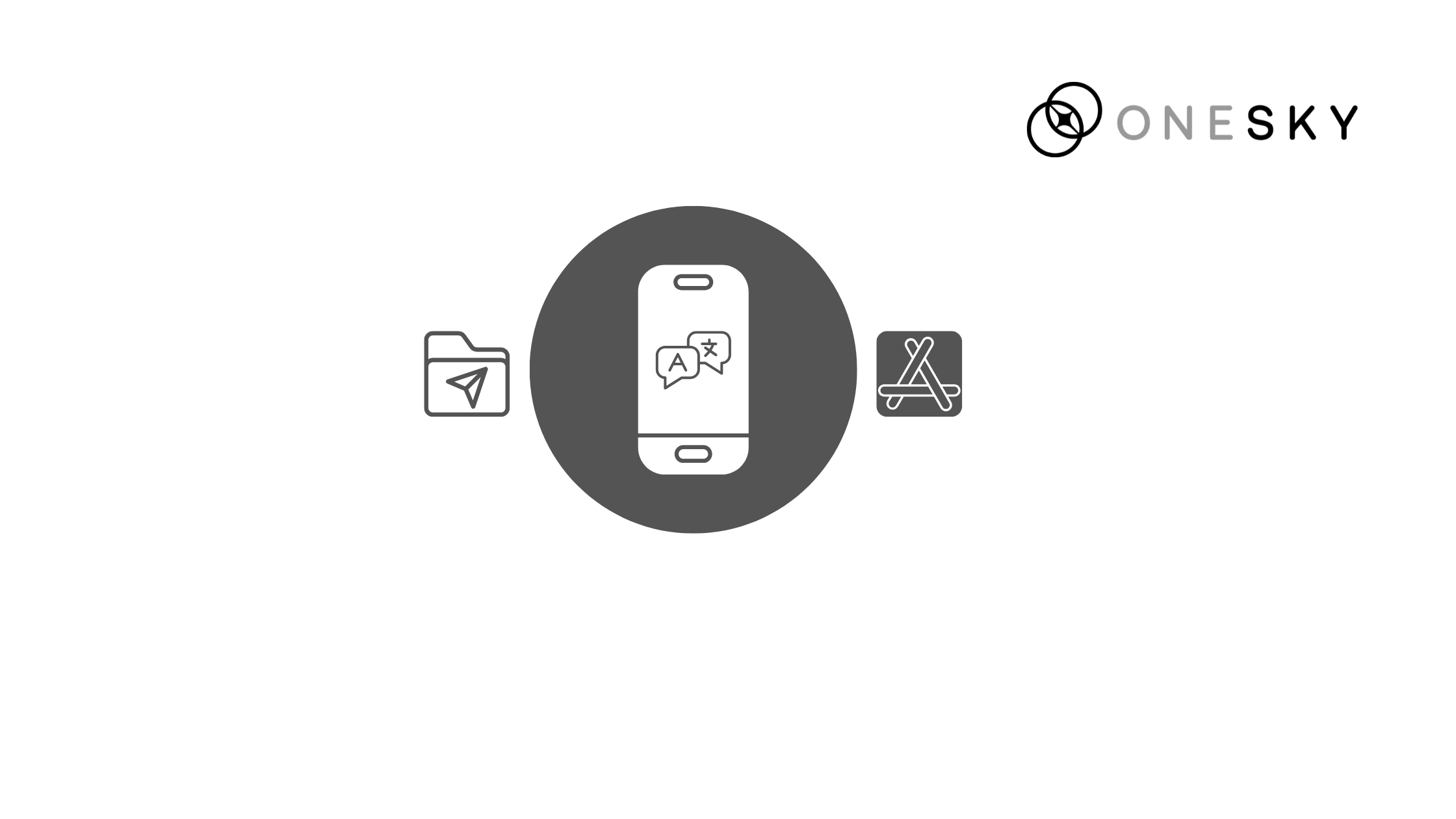


 Written by
Written by 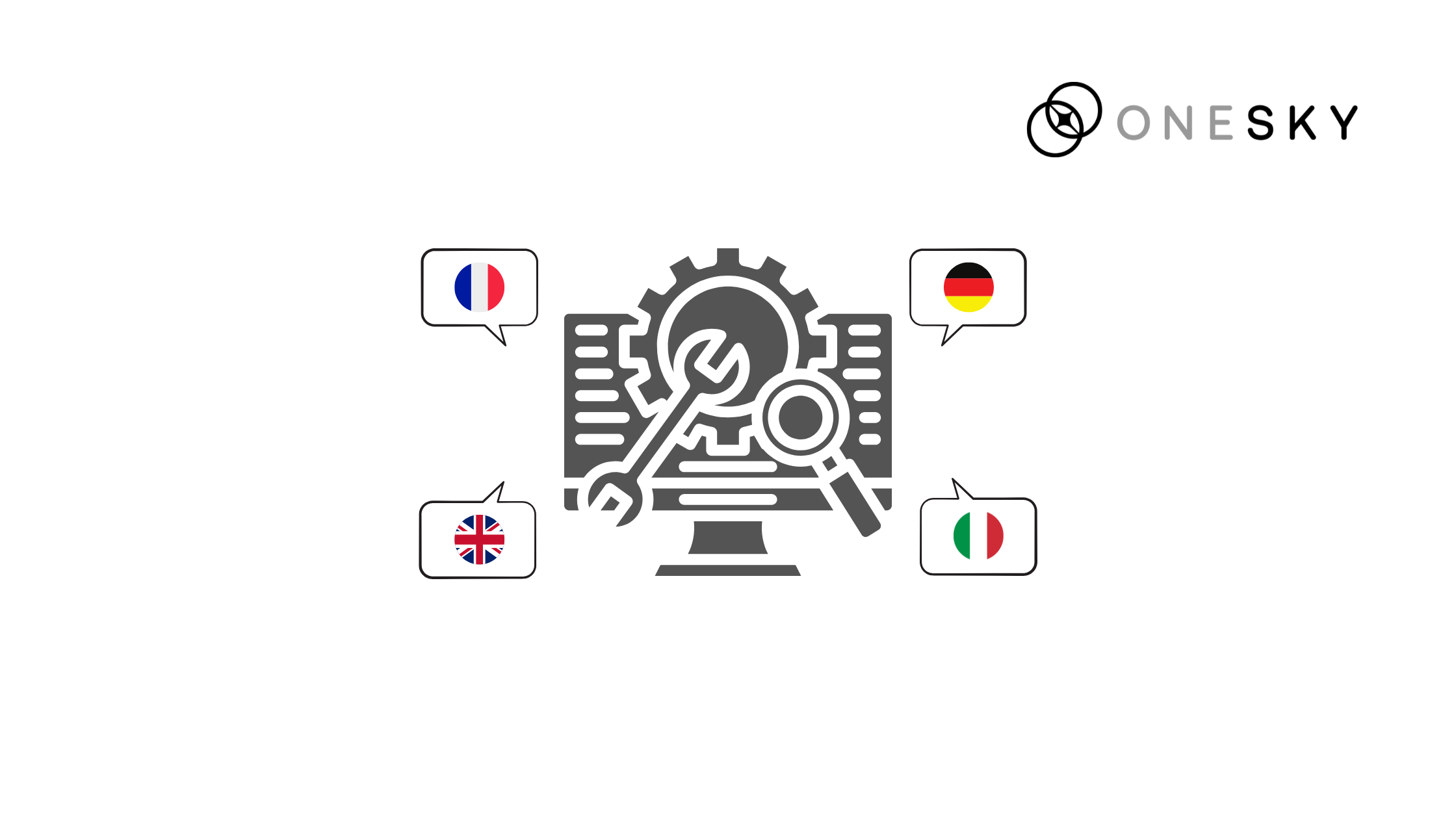
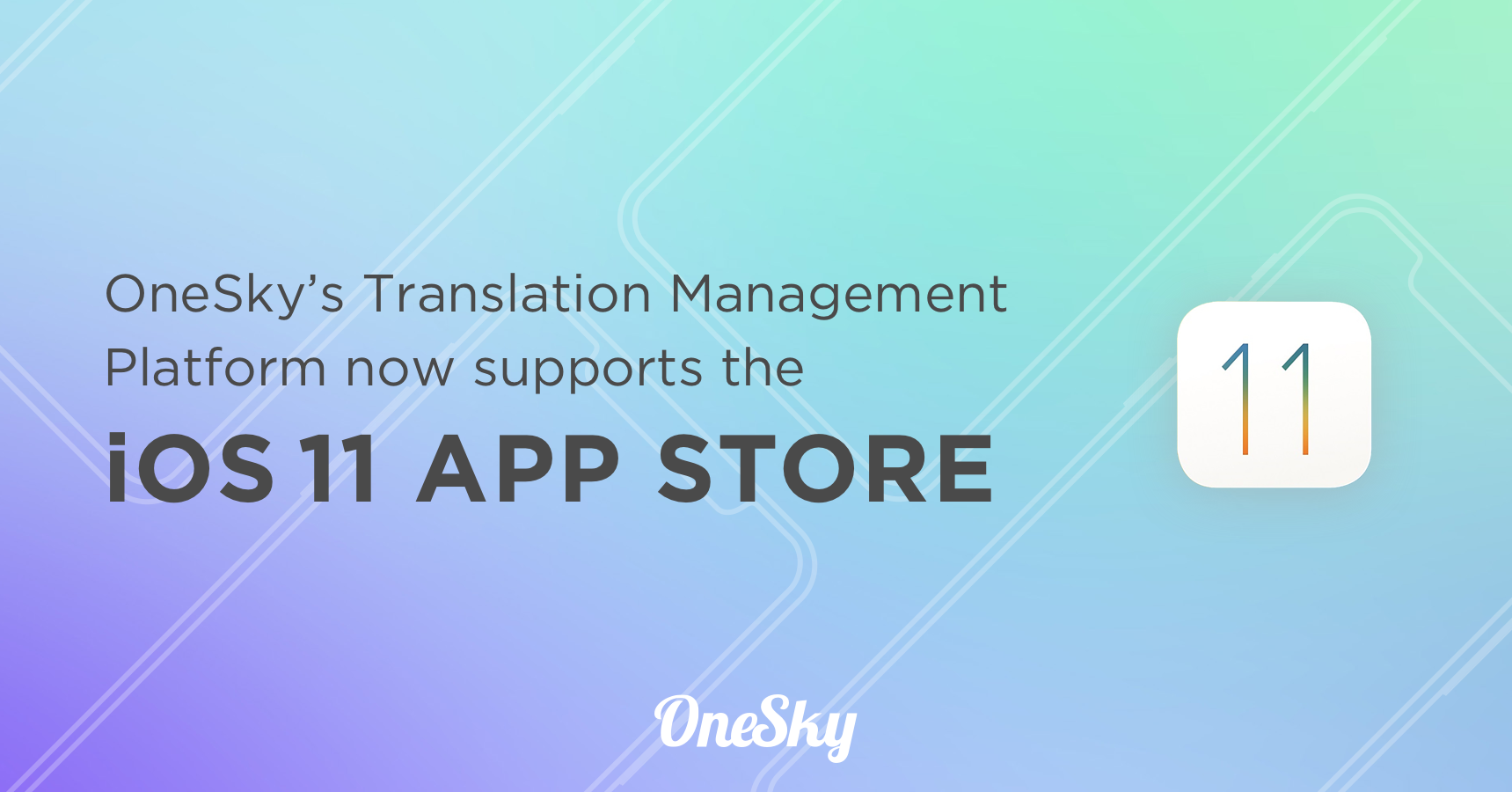
 Written by
Written by 
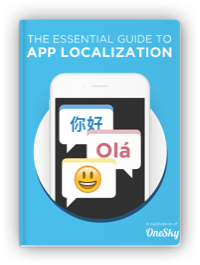
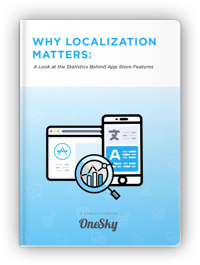
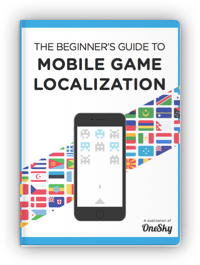
These blogs on quality assurance in AI translation software and the consequences of QA failures are eye-openers! 🌟 They highlight the importance of meticulous QA processes to avoid costly mistakes and ensure accurate, culturally relevant translations. A must-read for anyone in the localization field! 🌍👏